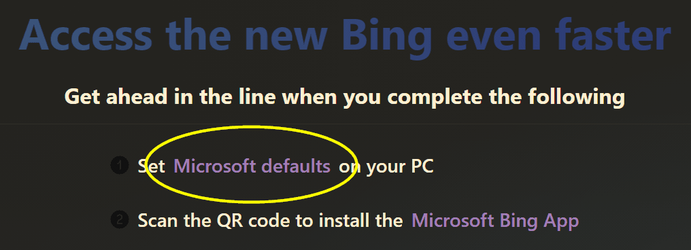A year and a half ago, I wrote an article suggesting that search was far from a solved problem, and that in fact it was poised for a revolution. I suggested that by applying deep learning models and making search more modern and intuitive, we could significantly improve the experience for our users.
I’m thrilled to see that we are making a large step forward towards this vision with the recent announcement of the new Bing. We’ve received many questions in the last couple of weeks of the current preview, so I’d like to share a little bit more about the new Bing and how it came to be.
Behind the scenes: How the new Bing came to be
Last Summer, OpenAI shared their next generation GPT model with us, and it was game-changing. The new model was much more powerful than GPT-3.5, which powers ChatGPT, and a lot more capable to synthesize, summarize, chat and create. Seeing this new model inspired us to explore how to integrate the GPT capabilities into the Bing search product, so that we could provide more accurate and complete search results for any query including long, complex, natural queries.
Read more:
Building the New Bing
A year and a half ago, I wrote an article suggesting that search was far from a solved problem, and that in fact it was poised for a revolution. I suggested that by applying deep learning models and making search more modern and intuitive, we could significantly improve the experience for our users.

















